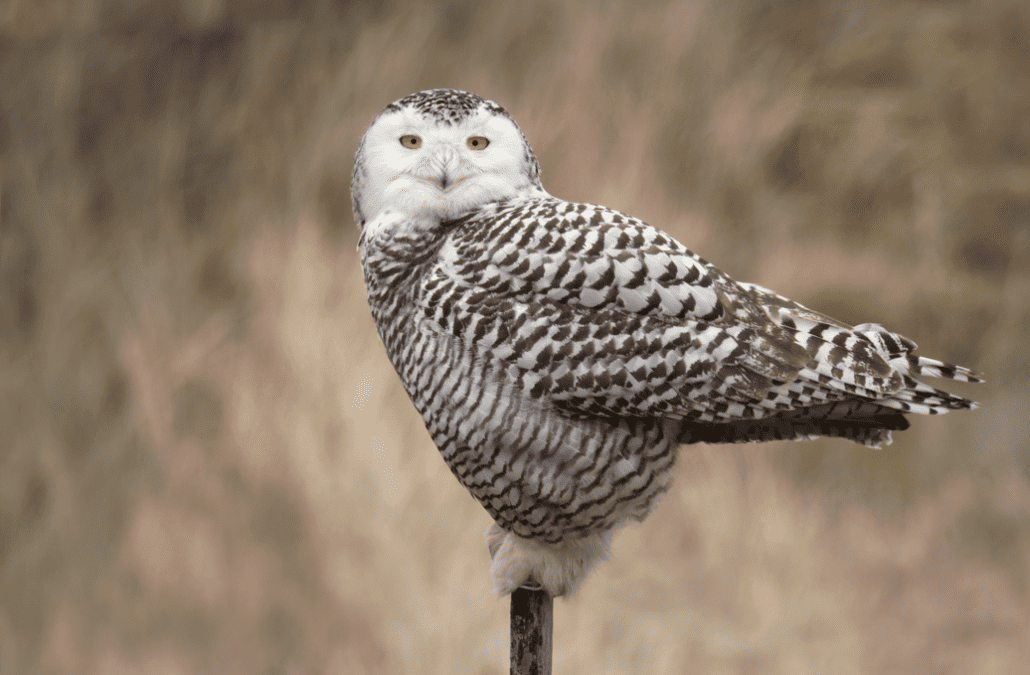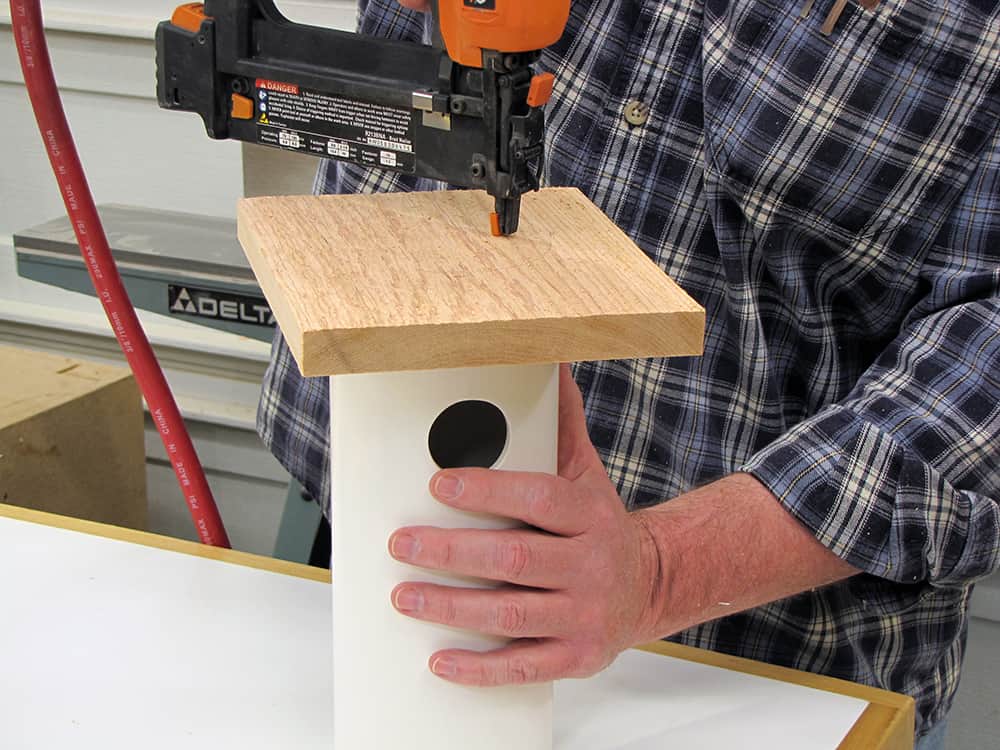I feed the birds all winter here in Missouri. We help each other survive the cold, snowy months. Do I quit feeding in the spring? No.Green isn’t the only color sprouting in the spring. The migrant birds bring new colors and new melodies. Do you know where the oriole got its scientific name? The Greeks claimed the sight of an oriole would cure jaundice, thus Icterus from the Greek ikteros, meaning jaundice. I don’t know about that, but the striking black and orange is a treat for my tired-of-winter eyes.
Folks have told me to put out orange slices or grapefruit pieces to feed the northern orioles, but I’ve found something better. Orioles love it. Popcorn.
For the past two springs, as soon as the orioles arrive, they seem starved. I’ve had six pairs at my open box feeder both springs. They fill up with popcorn for a couple weeks before they start building their homes.
In mid-May, I watched a male oriole build a nest in the Chinese elm tree in my yard. My bird book says the female builds the nest, but in my yard, the male gathered the grasses and wove them together for their hanging basket home. I live at the edge of the woods and the other orioles nested nearby. I couldn’t see who was building their homes.
This year, I saw a sad sight as I watched the orioles come and go after the eggs were laid. As the female oriole left the nest, a female cowbird sat on a limb nearby. She craned her neck to watch the oriole leave. It reminded me of a busybody neighbor stretching her neck to see where her neighbor was going. Then, branch by branch, the cowbird started closing in on the oriole nest. I don’t usually interfere with nature, but I knew her intentions, so I ran outside and scared her away. I must not have scared her too badly; the next day, the orioles didn’t come back to their nest.
The following day, the male oriole moved to a nearby walnut tree and began building a new nest. I’ll never know if the pair raised a family in this nest or not, because when we returned from vacation, the orioles were gone from the nest and were not coming to the feeder anymore. They were still in the area, however, because I could still hear their call.
One day, at the feeder, two oriole males were eating popcorn. I heard a female give her flutelike call. One male ignored it, but the other turned and flew to her. He seemed to recognize her voice. Orioles all sound alike to me, but perhaps not to each other.
Other birds love popcorn, too. The downy, hairy, and red-bellied woodpeckers, blue jay, cardinal, chickadee, tufted titmouse, brown thrasher, eastern towhee, and of course, the sparrows are all popcorn eaters.
I fill my open box feeder each morning. I keep a birdbath nearby. Sometimes, I have to fill my feeder more than once a day. However, I try not to fill it late in the evening, because raccoons like popcorn, too, and they will climb into my feeder at night.
If I want to enjoy rose-breasted grosbeaks and goldfinches, I have to add sunflower seeds to my feeder.
My daughter works in a microwave popcorn plant nearby. The employees test-pop the corn every 15 minutes. The popped corn is bagged in huge bags and given away. Yes, my popcorn is free, so it is cheap bird food.
For those who don’t have a popcorn plant nearby to furnish popped corn, pop your own. Unpopped corn is relatively cheap and easy to pop — Try it, it works for me.




